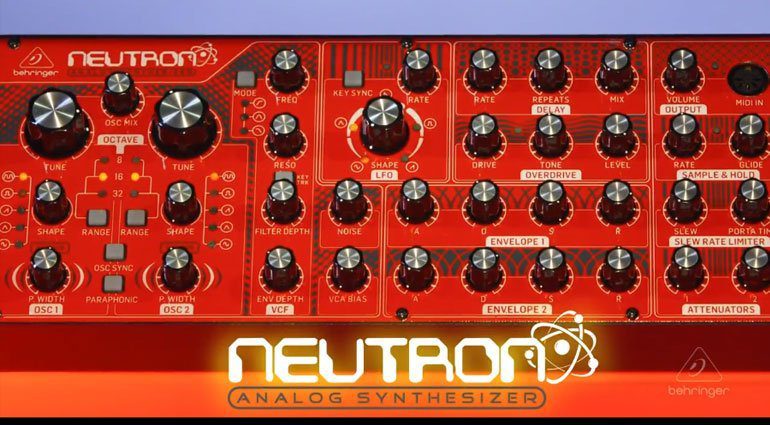justin3am wrote:I'm not on board with this trend of putting all the patch points off to one side.
justin3am wrote:It's that spacial association which is important to me. If the jacks are somehow arranged in relationship to the controls which they are related, I don't have to read the labels because it's just intuitive. With these grids of jacks, it's tougher to get to that point of being able to patch without referencing the labels.
the tactile benefits gained by putting patch points all to one side far outweigh any signal-flow-at-a-glance benefits of peppering patch points all over the board next to controls. ultimately you're going to learn your instrument through use anyway regardless of where the patch points are ... so reducing wire clutter should be a major priority imo. ya, fiddling through a web of wires looks kooler when you're playing to 30 people at 2pm in your local cafe ... but i'd sacrifice that 'wire spaghetti' cachet for practicality in a heart beat.




